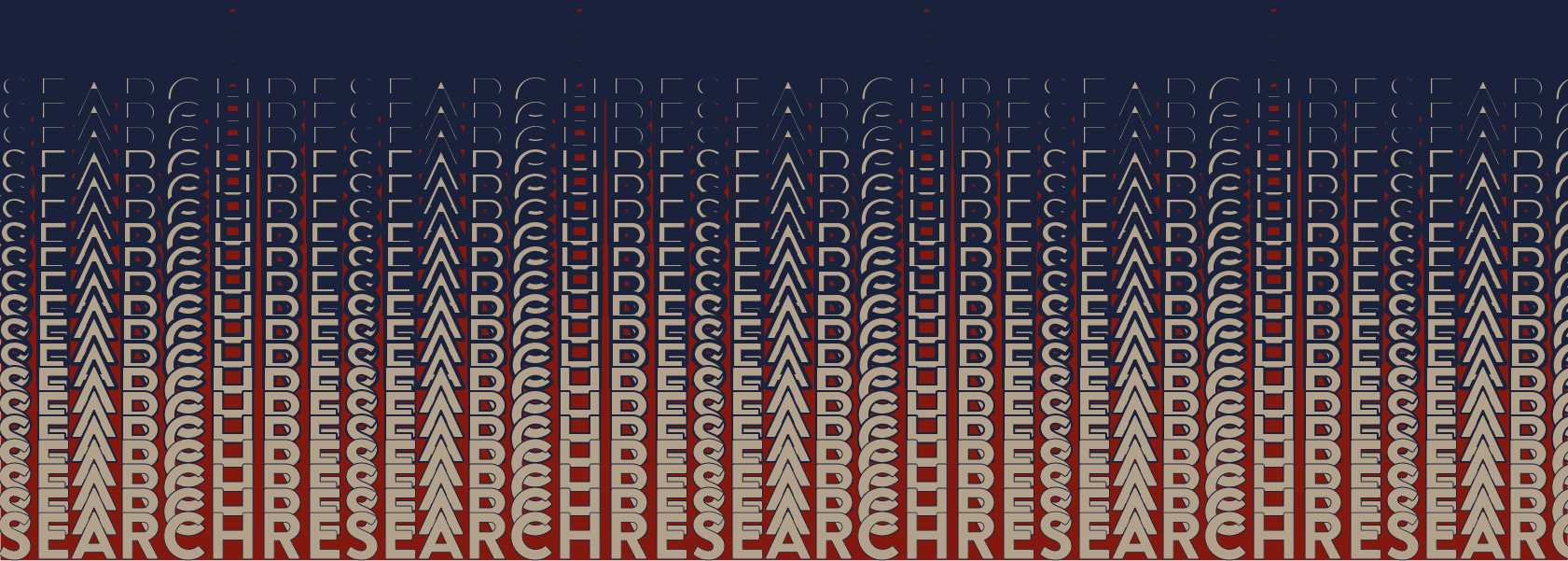Valorization of innovative anti-seismic devices
Carlo Andrea CASTIGLIONI (docente coordinatore), Alper KANYILMAZ, Claudio BERNUZZI, Alberto DREI
Carlo Andrea CASTIGLIONI (docente coordinatore), Alper KANYILMAZ, Claudio BERNUZZI, Alberto DREI
The INNOSEIS project dealt with innovative anti-seismic devices. Information documents for 12 innovative dissipative systems have been produced and combined in a single volume, translated in several European languages, for the dissemination to all partners of the construction sector. Criteria have been proposed as to determine which of the systems are characterized as devices and are subject to CE marking in accordance with EN 15129, and which may be considered as innovative systems that require a code approval in EN 1998-1. For the latter, pre-normative design recommendations have been drafted that will allow them to receive the status of code-approved systems. A reliability-based methodological procedure to define values of behaviour factors (q-factors) for building structures has been proposed, which will be in turn applied to determine q-factors for structural systems with the innovative systems.
DABC role
1. Definition of a Eurocode-compatible methodology to quantify behaviour factors “q” to achieve uniform safety against collapse for earthquakes for the different structural systems with dissipative components.
2. Design of detailed case studies (steel and composite steel-concrete multi-storey residential and office buildings structures) in which the dissipative systems are employed.
3. Organization of seminars and workshops to disseminate project results
Partners
National Technical University of Athens (coordinator), Universitatea Politehnica Timisoara, Universita Degli Studi di Napoli Federico II, Universita di Pisa, Rheinisch-Westfaelische Technische Hochschule Aachen, Instituto Superior Tecnic, Lisboa, Universitet po Architektura Stroitelstvo i Geodezija, Universiteit Hasselt, Maurer Sohne Engineering GmbH & CO KG, Convention Europeenne de la Construction Metallique ASBL



